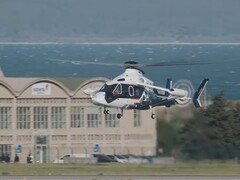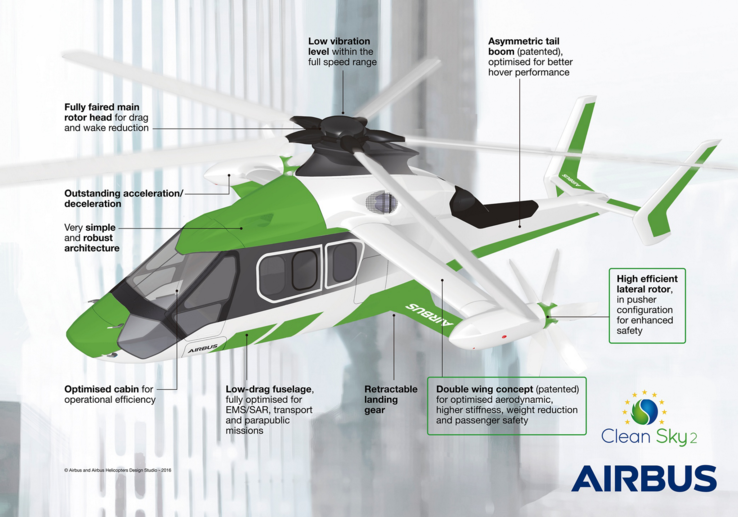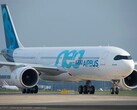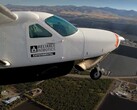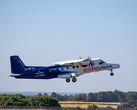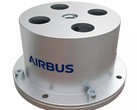Airbus' high-speed Racer has proven for the first time that it can, in principle, fly. According to the aircraft manufacturer, the helicopter was in the air for a total of 30 minutes. However, this did not include a speed test.
Instead, the maiden flight marked the start of a two-year test phase (flight campaign) and was intended to demonstrate the helicopter's general behavior in the air. This is because it no longer uses a tail rotor, but instead relies on two pusher propellers to compensate for unwanted movements caused by the main rotor (anti-torque, torque compensation).
These rotors are mounted on a double wing and also ensure that the helicopter can accelerate faster. The main rotor, including the cabin, no longer needs to be tilted forward as much. In addition, this drive configuration should also make the Racer quieter than conventional helicopters.
The racer will later have a range of 400 nmi (nautical miles, around 740 kilometers) and a speed of 220 knots (just over 400 km/h). Airbus also hopes to achieve greater levels of efficiency with its new machine. Helicopters are generally not particularly efficient, which is why electrification has failed so far.
Moreover, Airbus is also working in parallel on the Nextgen electric city airbus, which is similar to typical electric air cabs. Electrification has already been successful there, but there are still open questions regarding certification and approval.
Air cabs complement helicopters at the lower end of the range in a similar way to electric aircraft. However, the word 'air cabs' is rather misleading. The ADAC, for example, is interested in Volocopter's Volocity. Such an 'Electric Vertical Takeoff and Landing Aircraft' (eVTOL) is intended to electrify air rescue services.
In general, it is hoped that eVTOLs can reduce the high costs of maintenance and operation, which is also of interest for air rescue and particularly significant for cities where range is not a priority. The Airbus Racer, on the other hand, has a planned range that exceeds the size of Austria.
Source(s)
Airbus




